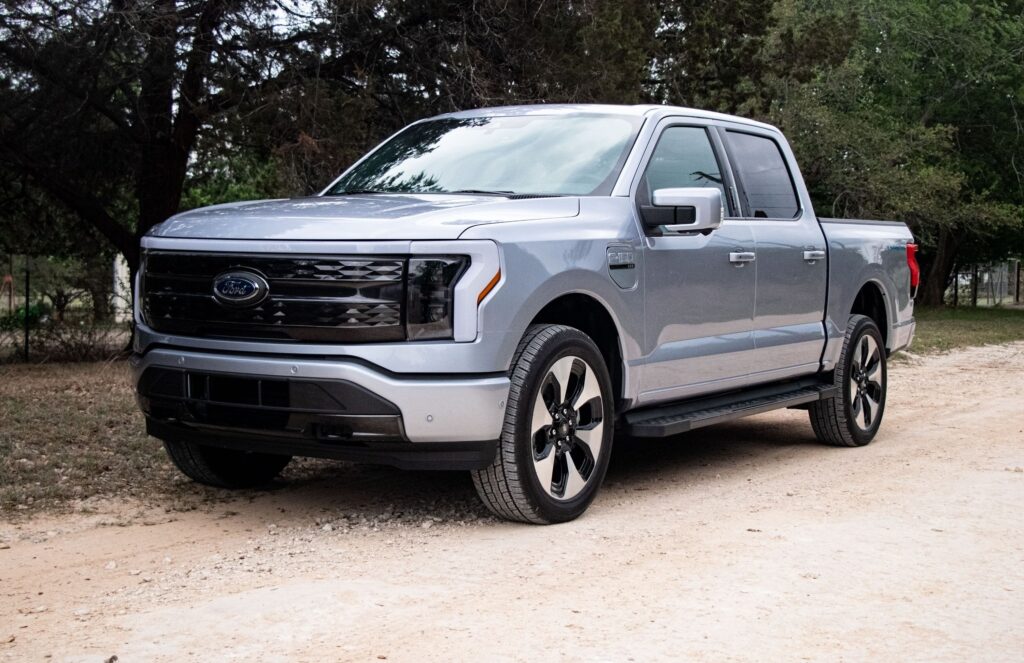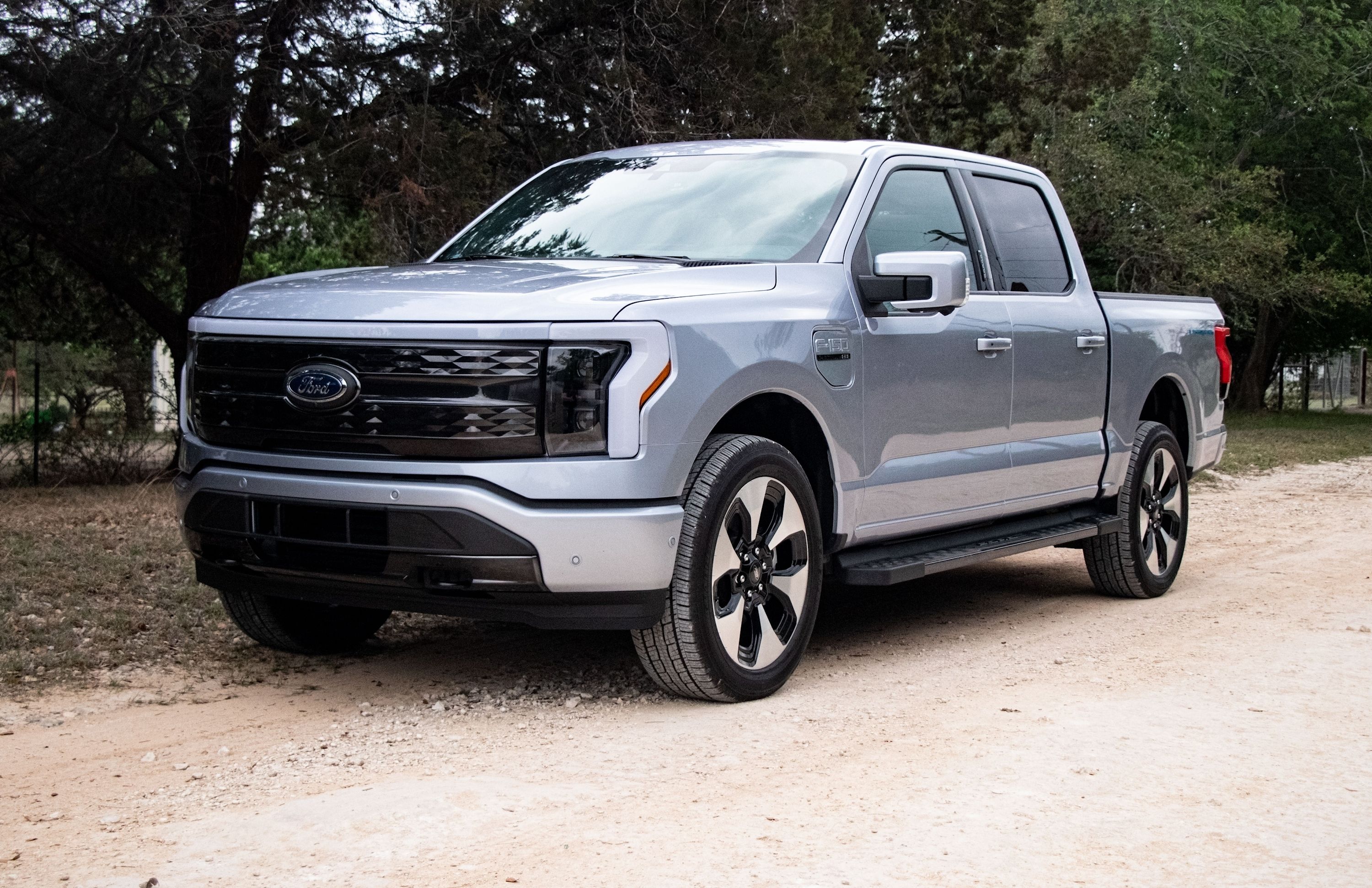Ford F-150 Lightning Production Cut Drastically As Demand Dwindles

Ford F-150 Lightning Production Cut Drastically As Demand Dwindles
Once the must-have accessory for early EV adopters, sales of the Ford F-150 Lightning have fallen by the wayside. As a result, the Blue Oval is reducing production significantly, beginning April 1.
The F-150 Lightning is produced at the Rouge Electric Vehicle Center in Dearborn, Michigan. A staff of 2,100 workers, divided over three shifts, used to build the EV, but this is no longer the case. From next month, just 700 employees will remain at the plant, with another 700 heading to the Michigan Assembly Plant, where the Ranger and Bronco are produced.
As for the remaining third, they will take a $50,000 retirement package negotiated during last year’s UAW contract talks, reports the Detroit Free Press.

Ford spokesperson Jessica Enoch confirmed that these changes will not result in job losses. However, she was unable to comment on the proposed production plans. CarBuzz has contacted Ford for additional information on the matter. We will update the article once we receive a reply.

Related
Ford Planning Cheap Electric Pickup And SUV For 2026
Ford has reportedly canceled its seven-seater SUV to focus on more affordable vehicles.
Newly built F-150 Lightnings have reportedly been held at the factory for quality review since early February, with vehicles expected to ship in April. In the meantime, customers can find examples of the truck in dealer inventory. It’s interesting that Ford has reached this point; in early 2022, the brand had to double production to meet demand.
Todd Dunn, president of UAW Local 862, told members that union leaders are keeping an eye on activity related to electric vehicle production: “The battery technology right now is kind of slowing some of the purchasing down. The Rouge Electric Vehicle Center […] was ramping up [its] second crew. They’re now going to lay off that second crew and not put the third crew on.”
Dunn added that Ford had planned to produce more than 180,000 units, but with the production changes, this has been reduced to 55,000 units. “There are some things out there that [are] causing this – distance on [battery] charges, new technology that’s being brought about overseas, that technology being implemented over there already in certain design models.”
Those aren’t the only things that have caused F-150 Lightning sales to slow down. Firstly, EVs are still more expensive than their ICE-powered counterparts, which puts them out of reach for most consumers. Many car buyers who can afford EVs still have many issues, such as limited charging infrastructure and insufficient travel range.
At a Bank of America Securities Auto Summit, Ford CFO John Lawler said the automaker remains dynamic and makes adjustments to comply with market demands. He admitted that EV demand is much slower than expected; last year, the brand admitted to losing $36,000 on every EV it sold.
As a result, the Dearborn-based brand scaled down its EV investments. “I think we’re in the transition between the early adopters who were much more willing to deal with some of the ancillary items that come with EVs – charging range and things like that. We’re moving into the early majority. And the early majority is much less forgiving, and pricing is an issue,” said Lawler.



Responses